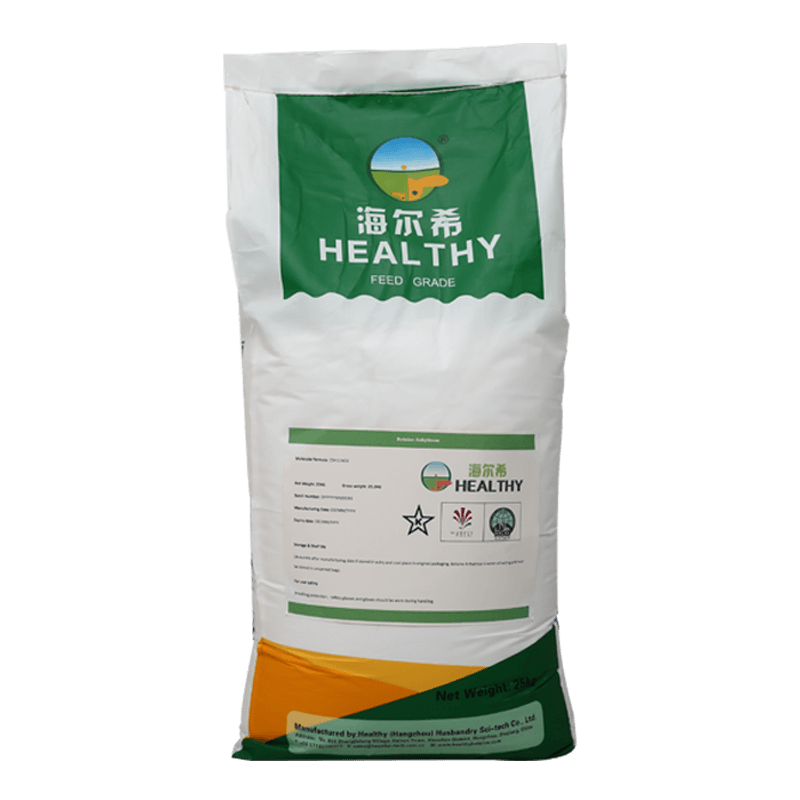1.1 The source of betaine①Plant extraction method:Betaine is widely present in animals and plants. Beet is one of the plants with the highest content of betaine, and the molasses contained in it is the main source of betaine. The content of betaine in marine invertebrates and microorganisms is also high, and it is also high in Chinese medicines such as Digu Bark, Lycium barbarum and Astragalus. The molecular formula of betaine is C5H11NO2, the molecular weight is 117.15, and the scientific name is trimethylammonium hydantoin or glycine trimethylamine inner salt.
②Industrial synthesis method:1ClCH2COOH+NaOH→ClCH2COONa+H2O
2ClCH2COONa+(CH3)3N→(CH3)3N+CH2COO-+NaCl
In the middle is a strict control process, such as temperature, pressure, molar ratio, feeding speed, ph value and so on.
After the second type reaction is completed, betaine and the main by-product NaCl are generated. At this time, the betaine is completely extracted from the reaction solution, dried and packaged, and the so-called pure betaine is obtained, which is often called anhydrous betaine in the market. , The content can reach more than 98%. Because betaine has the characteristics of easy moisture absorption and caking, some manufacturers have carried out moisture-proof treatment, so there are 96%, 93%, 91% anhydrous betaine formulations on the market.
In order to reduce the cost, betaine hydrochloride was produced. After the reaction of type 2 was completed, hydrochloric acid was added dropwise in a series of links such as the molar ratio and pH value, and combined with betaine in the form of covalent bonds to form betaine salt. At this time, the separation and purification process is relatively simple and the cost is low, which is why betaine hydrochloride is now widely used.
1.2 The physical and chemical properties of betaineBetaine is a neutral substance with good moisture absorption, strong oxidation resistance, and high melting point, reaching 293 C. Its taste is sweet, slightly bitter, soluble in water and ethanol, but insoluble in other organic solvents. Betaine has 3 methyl groups, has a cyclic structure in neutral and alkaline aqueous solutions, and an open ring structure in acidic solutions.

